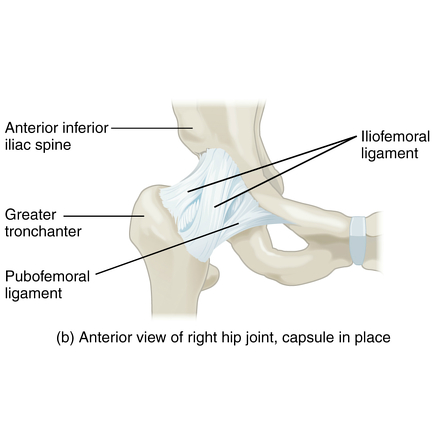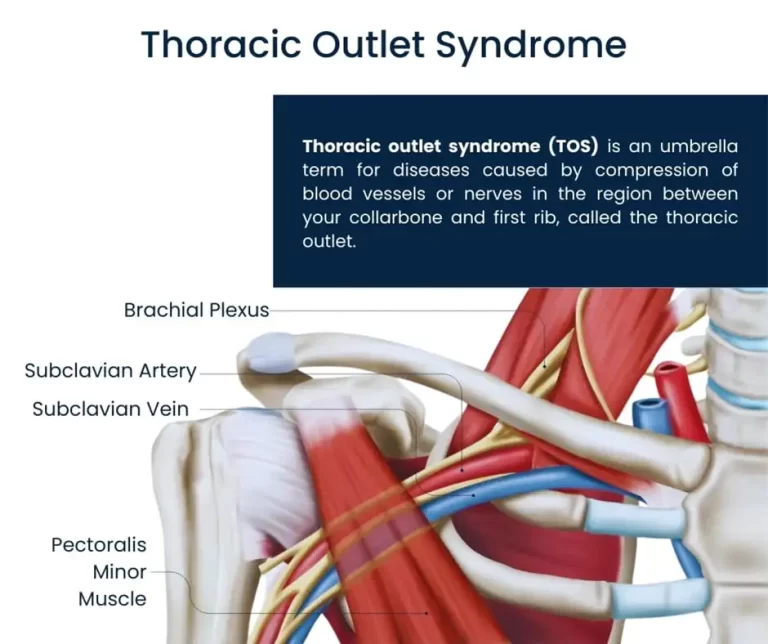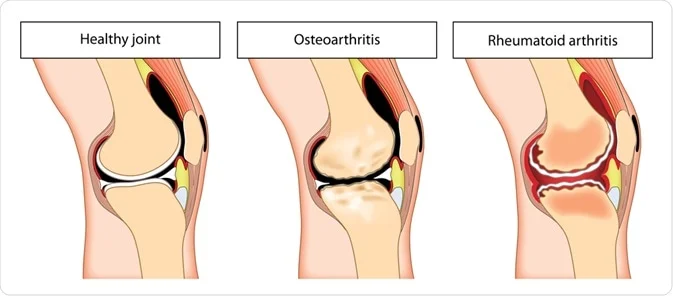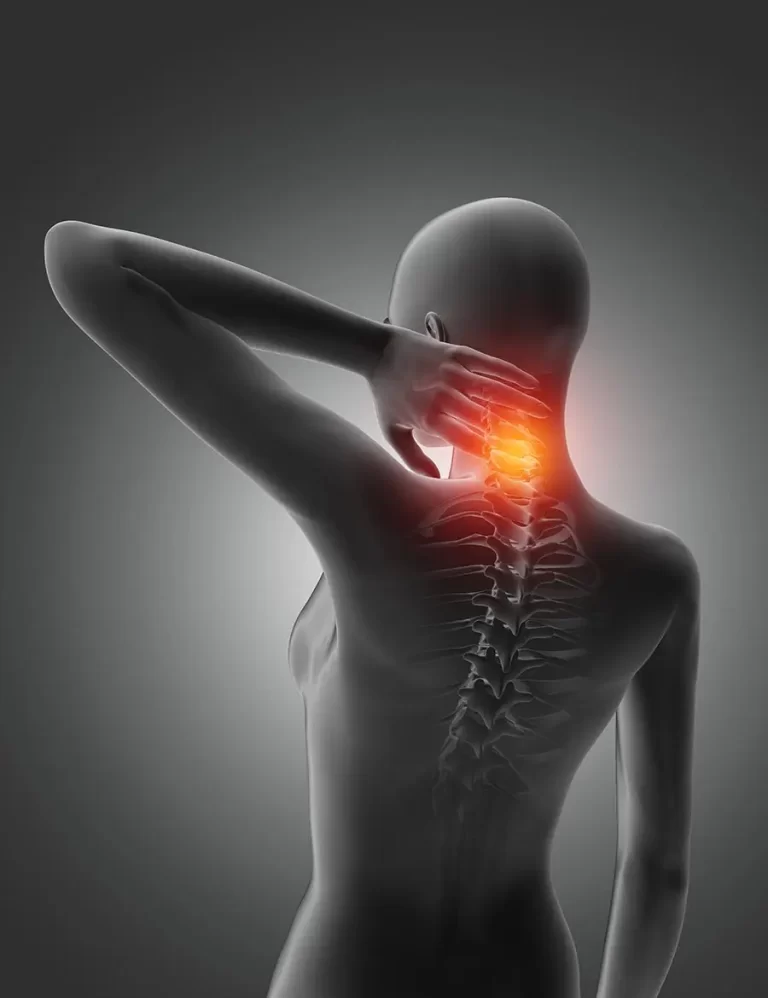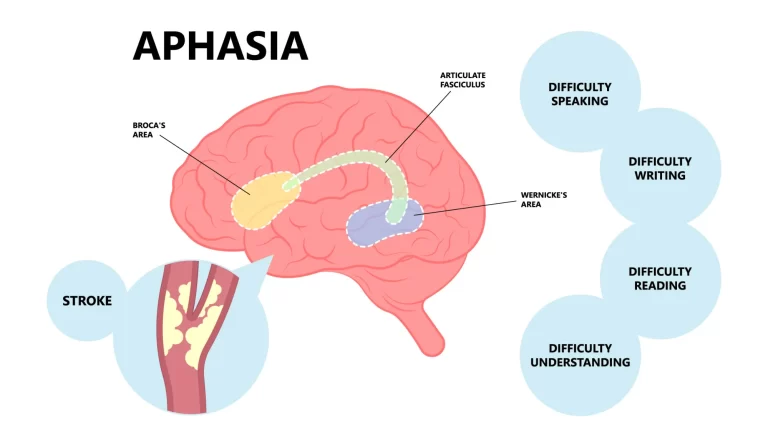Trochlear Nerve Palsy
Trochlear nerve palsy, also known as fourth cranial nerve palsy, occurs when the trochlear nerve loses its function, leading to either partial or complete paralysis of the superior oblique muscle. Fourth nerve palsy is diagnosed when there is paralysis in one of the eye muscles.
Disorders or trauma to the fourth cranial nerve are responsible for this condition. It is usually present from birth in children, while adults are often affected by injuries. The cause of fourth nerve palsy is unknown in many cases.
Individuals who suffer from fourth nerve palsy frequently experience double vision, tilt their heads, and have one iris higher than the other. Some fourth nerve palsy can resolve on their own. In case the palsy does not go gone, you might require surgery.
What is the Trochal Nerve (Fourth Cranial Nerve)?
- The trochlear nerves, also referred to as trochal nerves, are the two cranial nerves responsible for controlling eye movement. Specifically, the trochlear nerve is identified as the fourth pair out of the twelve cranial nerves. Despite being the smallest cranial nerve based on the number of axons, it holds the title of being the longest cranial nerve in terms of intracranial length.
- The motor neuron facilitates the transmission of messages from the brain to the muscles, with the oculomotor nerve, other eye muscles, and the trochlear nerve collaborating to regulate eye movement.
Anatomy Of The Trochlear Nerve
trochlear nerves start at the brainstem, which is the bottom part of the brain adjacent to the top of your spine. It travels across four regions before arriving at the superior oblique muscle. This muscle is located close to the eyeball’s top. These regions consist of:
- Trochlear nucleus: The area of the trochlear nerve closest to the brain is this one. Situated close to the top of the brainstem.
- The ambient cistern is located close to the dura, the brain’s outermost layer of protection.
- Blood from the brain can exit the body through a hollow hole called the cavernous sinus. It’s located in the center of your skull.
- Orbit: The eyeballs’ bony resting places within the skull.
Function Of The Trochlear Nerve
- The Latin word “trochleae,” which means pulley, is where the trochlear nerve gets its name. An apparatus that raises objects is called a pulley.
- In every eye, the trochlea is the superior oblique muscle. The muscle responsible for elevating the eyes downwards is innervated by the trochlear nerve. Additionally, this nerve enables the movement of the eyes towards or away from the nose.
- Trochlea. This cartilaginous tissue contains the superior oblique muscular tendon.
What is The Trochlear Nerve Palsy?\
- Trochlear nerve palsy, also known as superior oblique palsy, can result from the loss of trochlear nerve function, leading to paralysis of the superior oblique muscle. This condition may either manifest gradually or be congenital. It normally affects one eye, but it can also happen in both eyes.
Causes of the Trochlear Nerve Palsy
Most children with congenital Trochlear Nerve palsy are affected from birth. Together with other medical conditions, the child may also have congenital trochlear nerve palsy.
The most common cause of trochlear nerve palsy in adults is trauma. The wound could appear to be minor. Whiplash and concussion-related traumas can result in trochlear nerve damage. Diabetes-related impaired blood flow is another frequent reason. Trochlear nerve palsy caused by injury might not heal.
Trochlear nerve palsy usually has an unknown etiology. Idiopathic trochlear nerve palsy is the term used to describe this disorder. In many cases involving adults, the condition is not related to any trauma and is caused by idiopathic trochlear nerve palsy. Trochlear nerve palsy which is idiopathic typically resolves on its own.
Less common causes of fourth nerve palsy include:
- Diabetic vascular disease. The nerve’s blood supply may be reduced as a result.
- Bulging artery (aneurysm). This could cause the nerve to rupture or compress, decreasing the blood supply to the nerve.
- High intracranial pressure, or an increase in pressure inside the skull. This could irritate the nerve.
- Virus Infection
Which Conditions Impact the Trochlear Nerve?
Numerous illnesses, including the following, can affect the trochlear nerve:
- Birth defects. Trochlear nerve palsy can be congenital in certain babies, meaning that some children may have it from birth.
- Trauma. Violent, sudden head movements have the potential to tear the fragile trochlear nerve. Car accidents and other trauma-related incidents might result in this form of injury.
- The Guillain-Barre Syndrome. Numbness, temporary paralysis, and other symptoms resulting from an immune system attack on nerve cells characterize this poorly understood illness.
- Lyme illness. Humans contract this bacterial infection via tick bites. Among the several signs of this illness are visual problems and sagging of the face.
- Meningitis. This kind of cancer causes slow-growing tumors in the meninges, which are membrane layers covering the brain. Trochlear nerve compression by a tumor can cause trochlear nerve palsy.
- Shingles. After getting chickenpox, some people may develop shingles. This illness manifests as a severe rash that may not go away.
- If you have trochlear nerve palsy, you should consult a doctor every once because some of these disorders are fatal.
Symptoms of the Trochlear Nerve Palsy
One of the most prevalent signs of trochlear nerve palsy is double vision or diplopia. It only occurs during both eyes are open. You see one image when you close one eye. However, you might notice two pictures if you open both eyes. One image can appear to be above the other or to the side of it. Some individuals may perceive one image as slightly flipped in comparison to the other. Instead of appearing twice, the entire image may appear hazy if there is little space between them.
Additional signs and symptoms could be:
- A single iris is elevated over the other. The colored part of your eye is named the iris.
- Tilting your head back. This is intended to assist with the visual issue.
- Pain, usually above the eyebrow. This may occur if the trochlear nerve palsy is idiopathic or associated with diabetes.
- If you’ve had the palsy for a while, your brain may have begun to reject images from that eye. You might not experience double vision if this is the situation.
Diagnosis of the Trochlear Nerve Palsy
During the process of obtaining your medical history, your physician will likely inquire about any current symptoms and previous medical records. As part of a comprehensive medical examination, your doctor will assess your cranial nerves. Initially, they will examine the resting positions of your eyes before instructing you to focus on an object using your eyes.
Additionally, your doctor may conduct examinations to inspect the posterior portion of your eyes, measure intraocular pressure, and observe the response of your pupils to light. To determine the onset of any issues, they might request to review old photographs of you.
To assist in differentiating trochlear nerve palsy from other illnesses, your healthcare professional could prescribe testing. These could consist of:
- Blood tests to check thyroid hormone levels and for autoimmune illnesses.
- To investigate your brain and cranial nerves, do an MRI(magnetic resonance imaging )or CT scan(computed tomography).
- Ultrasound is used to look at the muscles of the eye.
- A spinal tap, also known as a lumbar puncture, is to examine the cause of high intracranial pressure.
- Tests involving nerve stimulation.
Differential Diagnosis of the Trochlear Nerve Palsy
- Double vision can also result from several different diseases. These contain certain migraines, Wernicke syndrome, Grave disease, and myasthenia gravis.
- Muscle weakness is a symptom of myasthenia gravis, an autoimmune illness. Sometimes myasthenia gravis affects only the muscles around the eyes.
- An autoimmune condition called grave disease makes the thyroid hyperactive. The eyes may also be impacted.
- One sign of inflammation and excess material in the eye socket is bulging eyes. Two main causes of Wernicke syndrome are prolonged alcohol consumption and vitamin deficiencies. It can cause paralysis of the ocular muscles.
- To assist in distinguishing trochlear nerve palsy from other illnesses, your healthcare professional could prescribe testing.
Treatment of the Trochlear Nerve Palsy
The cause of fourth nerve palsy determines how to treat it. Trochlear nerve palsy which is idiopathic usually resolves on its own. Injury-related palsy may also improve over time. To relieve pressure on the trochlear nerve, surgery might be necessary.
Treatment options for fourth nerve palsies consist of:
- Over-the-counter pain medications.
- Spectacles with prisms. These can combine the two photos into a single image.
- Eye shield. To prevent one eye from becoming weak or sluggish, you alternate this between the two.
- Surgery to correct the eyes.
Surgery
Clearing the double vision is the aim of the surgery. This can also help to correct a head-tilting inclination. If the eye condition is serious, you might require surgery on both eyes.
Physical-Therapy for the Trochlear Nerve Palsy
Physical therapy is a helpful component of the trochlear nerve rehabilitation process. Patients with trochlear nerve palsy can enhance their functional eyesight and general health with the assistance of physical therapists.
The management of physical therapy is crucial for possible future recurrence because therapies concentrate on the clinical presentations, typically physical impairments. Among physical therapy interventions are:
Electrical stimulation:
- Neuromuscular electrical stimulation therapy involves the application of electrical currents to stimulate muscles that have been weakened due to illness. This therapeutic approach is particularly beneficial for enhancing the strength of muscles affected by trochlear nerve injuries or other related conditions.
Exercises for Eye Muscles:
- Blinking exercise: You can keep your eyes fresh and focused for longer by practicing blinking. It’s like giving your eyes a break. Blinking exercises, lasting ten seconds every twenty minutes, can help alleviate symptoms of digital eye strain, dry eye, and blinking patterns.
- Eye movement: slowly move your eyes up and down three times, then slowly move them from left to right three times more, then take a break.
- Figure 8: Another eye exercise is the figure of eight. Imagine a large figure of 8, eight, or nine feet away from you. Move your eye in the direction of this infinity loop for around thirty seconds, then change direction.
- Exercise for concentration: Change your concentration by holding your finger a few inches away from you, focusing your attention on it, then shifting your attention to something far away, and finally returning it to your finger.
- Pencil push-ups. The patient holds a pencil with their thumb extended halfway between their eyes. They are instructed to try to maintain the pencil’s single image while gradually moving the pencil in the direction of their nose until it can no longer be seen in a single image. At that point, they are to move the pencil slowly away to the nearest point where the patient can still see the pencil in a single image. Patients with symptomatic convergence insufficiency benefit from this exercise.
Increasing daily activities with limited vision:
- Individuals with trochlear nerve palsy may experience difficulty visually observing their environment, making daily activities challenging. Physical therapists can assist patients suffering from trochlear nerve palsy by teaching them how to make the most of their remains vision and carry out daily tasks.
Gait Training:
Creating a safe effective exercise program in collaboration with a physical therapist is a standard approach to gait training. Exercises to enhance coordination, strength, and balance may be part of a training program.
Complications of the Trochlear Nerve Palsy
- Consistent trochlear nerve palsy results in a change in the interocular asymmetry of your eyes. This indicates that the affected eye moves together with the other eye. In this manner, regardless of your viewing direction, the image separation you see remains constant.
- Children with trochlear nerve palsy may experience facial asymmetry, particularly if they have a propensity to tilt their heads. The two sides of the face begin to seem different throughout time because the muscles on each side do not grow in the same way.
Prevention of the Trochlear Nerve Palsy
Certain causes of trochlear nerve palsy may not be preventable. It is beyond your control if it exists from birth. You can take precautions to avoid head trauma that results in trochlear nerve injury. Among them are:
- If you have a baby, babyproof your house by installing a baby gate next to the staircase.
- lowering fall hazards by utilizing grab bars to provide safe living spaces for senior citizens.
- Wearing a seatbelt while driving, especially on short distances.
- Putting on a helmet when engaging in contact sports like hockey or bicycling.
Summary
The trochal nerve has a thin layer. Keeping your head secure from harm can assist preserve the health of your trochlear nerve. Trochlear nerve palsy can result from less severe head injuries as well as more serious ones from trauma. Among its other symptoms are crossed eyes and double vision. The course of symptoms may clear up on its own. Some people require surgery or specialized spectacles.
FAQs
What is the outcome of damage to the trochlear nerve palsy?
One eye may elevate itself above the other by turning up. being unable to bring the eye in and down toward the nose. Because the two eyes are not aimed in the same direction, double vision occurs. This double vision is torsional (tilted) and vertical.
What symptoms are there in trochlear nerve palsy?
An eye or both could be impacted. The affected eye is unable to turn down or inward. People experience two images as a result, one above the other and somewhat off to one side. That’s why it’s hard to go downstairs because you have to look down and inward.
What is the fourth cranial nerve’s main function?
One of the twelve groups of cranial nerves is the trochlear nerve. It permits the superior oblique muscle of the eye to contract. It is feasible to look down because of this. You can also move your eyes toward or away from your nose thanks to this nerve.
Which is the most prevalent cause of trochlear nerve palsy?
The most common cause of an acquired deficit of the trochlear nerve is trauma because, in contrast to most cranial nerves, it is very fragile and has an extended intracranial course.
Does trochlear nerve palsy have a cure?
The cause of fourth nerve palsy determines how to treat it. trochlear nerve palsy that is idiopathic usually resolves on its own. Injury-related palsies might also improve with time. To relieve pressure on the fourth cranial nerve, surgery might be necessary.
How much time does trochlear nerve palsy last?
Microvascular disease-related trochlear nerve palsy usually resolves independently in 4-6 months. idiopathic Even after thorough evaluation, no etiologic cause of acquired trochlear palsy may be determined in a small number of patients.
Where is the location of the trochlear nerve palsy?
Despite being the smallest cranial nerve, the trochlear nerve has the longest intracranial path since it is the only one that exits the brainstem dorsally. It starts in the midbrain and goes to the superior oblique muscle by extending anteriorly and laterally.
Does trochlear nerve palsy cause pain?
Either pain precedes or coexists with the double vision. Usually above the brow, this discomfort is on the same side as the injured nerve. Although the pain can be severe, it usually gets better after a few weeks.
References
- Dellwo, A. (2022a, February 23). The anatomy of the trochlear nerve. Verywell Health. https://www.verywellhealth.com/trochlear-nerve-anatomy-4689114
- MSEd, K. C. (2023, July 26). Trochlear nerve: what it is, location, function, mental health. Verywell Mind. https://www.verywellmind.com/trochlear-nerve-7563079
- Anderson, B. (2022, October 11). Trochlear nerve: What to know. WebMD. https://www.webmd.com/brain/trochlear-nerve-what-to-know
- Articles. (n.d.-b). https://www.cedars-sinai.org/health-library/diseases-and-conditions/f/fourth-nerve-palsy.html
- Professional, C. C. M. (n.d.-p). Trochlear nerve. Cleveland Clinic. https://my.clevelandclinic.org/health/body/21816-trochlear-nerve


